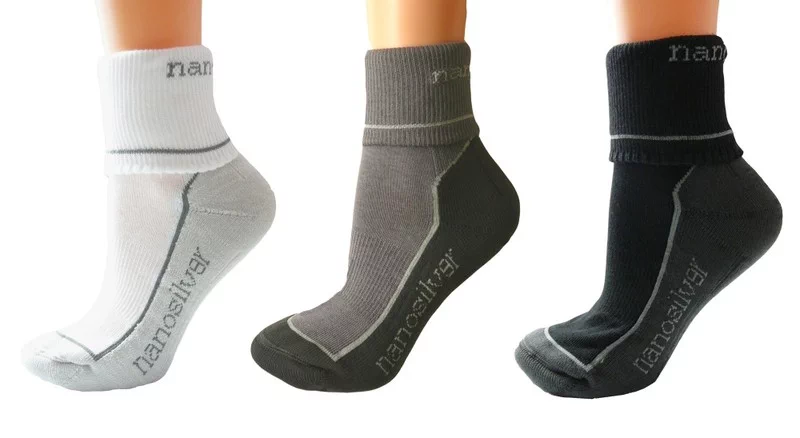B.E. Johnson said "Knowledge - technology and the recording of it, art and the expression of it - is the most important gift to our future and to our heritage. We have come far and have far to go. Knowledge building upon knowledge" (Leonardo Space Art Project). This statement conveys the above idea that space brings together all the other topics we have covered.
Mankind has always been fearful of and intrigued by the unknown. Space is a vast dark enigma, the biggest unknown in the modern day. It is the new unconquered frontier.
The Cold War sparked the Space Race between America and Russia. What started as rush to develop better delivery systems for nuclear warheads became a competition to prove superiority in space exploration. The tension between America and Russia was responsible for accelerating developments in space exploration.
The Space Race was highly publicized by the media and played a large role in American pop culture. Pop culture's imaginings of space exploration has driven scientific pursuits, and scientific discoveries have inspired artists' expressions of space exploration. Here we again see knowledge building upon knowledge.
The enigma of space freed artists' imaginations from the confines of life on Earth. Space provided another realm in which their imaginations could go wild. Space exploration inspired many facets of pop culture including but not limited to The Jetsons, Star Wars, and Star Trek. Star Trek imagined portable communicators, Bluetooth, flat-screen TVs, tablet computers, hypospray, and medical tricoders. All of these technologies are no longer just science fiction in today's society.
The Enterprise from Star Trek
As more technological developments are made in space travel, it will be more available to the general public. At the current rate of development, I believe that space travel will be available to the wealthy members of the public within our lifetimes, and not long after that space travel will be no less common than air travel. SpaceX is making large strides in developing reusable rockets for economic commercial space travel. Maybe even space elevators will also become a reality. I am very excited to see what's to come!
SpaceX Falcon Rockets
Space Elevator
Works Cited
Enterprise. Digital image. Geeky News. 31 May 2015. Web.
Falcon Rockets. Digital image. NASA Space Flight. Web.
Fleming, Nic. "Should We Give Up on the Dream of Space Elevators?" British Broadcasting Corporation 19 Feb. 2015. British Broadcasting Corporation. Web. 31 May 2015. <http://www.bbc.com/future/story/20150211-space-elevators-a-lift-too-far>.
Howell, Elizabeth. "Virgin Galactic: Richard Bransonu's Space Tourism Company | Space.com." Space. Purch, 6 Mar. 2015. Web. 31 May 2015.
“Leonardo Space Art Project Visioneers.” Leonardo Space Art Project. MIT Press, 1996. Web. 31 May. 2015.
O'Connor, Stuart. "How Star Trek Predicted the Future - Tech Digest." Tech Digest. Tech Digest, 6 June 2014. Web. 31 May 2015.
Obayashi Corp. Space Elevator. Digital image. Space. 31 May 2015. Web.
Race for the Moon. Digital image. History of Space Travel. Web.
Wall, Mike. "Japanese Company Aims for Space Elevator by 2050 | Space Elevators & Tethers | Spaceflight & Space Technology | Space.com." Space. Purch, 23 Feb. 2012. Web. 31 May 2015.













